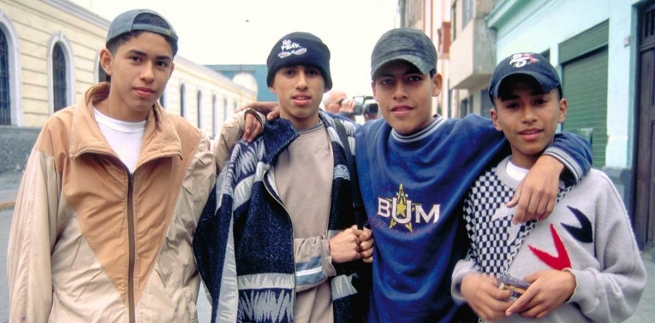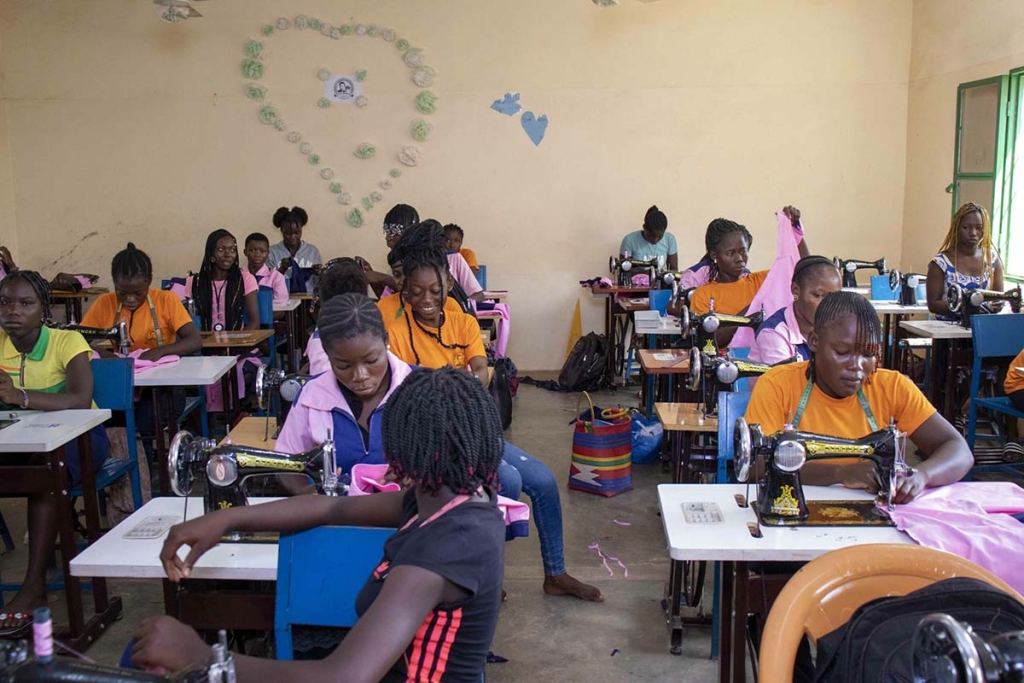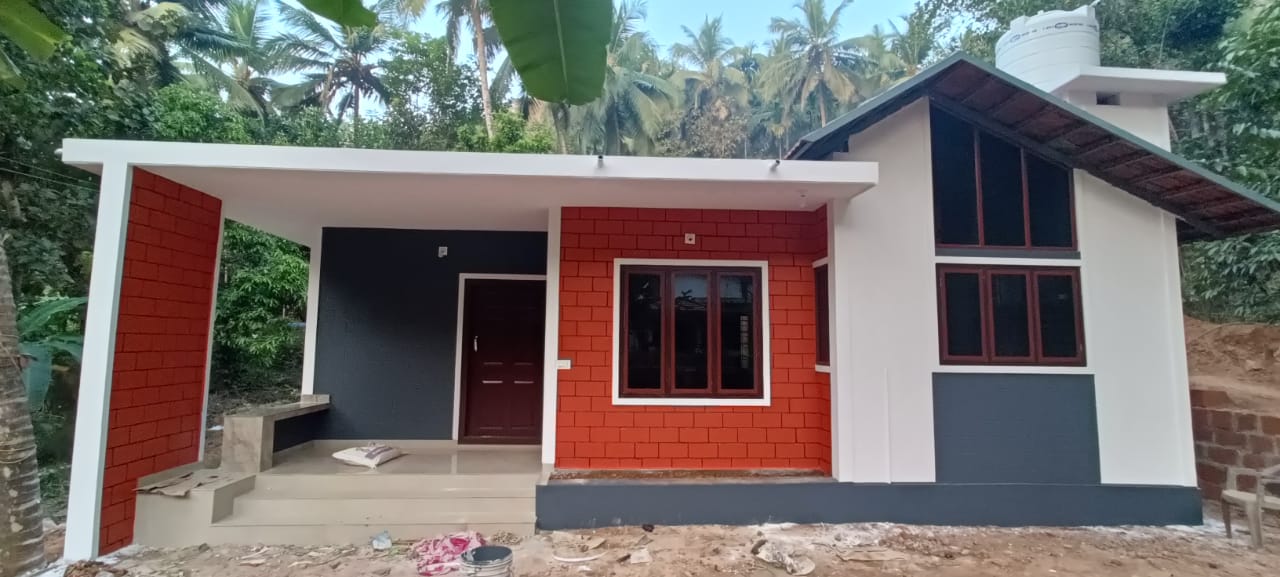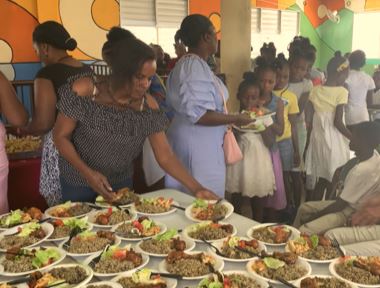PERU: Casa Don Bosco ensures youth have shelter and their basic needs met so they can focus on gaining an education

(MissionNewswire) Salesian missionaries have been working with street children in Lima, Peru, to ensure they have the education they need to grow and thrive. Casa Don Bosco, founded in 1993 and part of Mission Don Bosco, works closely with social services and institutions to offer minors a home, sit-down meals at regular times and guaranteed medical care, as well as psychological and spiritual support.
After the first contact is made on the streets, youth are offered an invitation to participate in the program. Youth are hosted in the reception center, which is set up as a family atmosphere. They choose a training course that will allow them to later find employment. In supporting their education, Casa Don Bosco provides housing and basic needs so youth can focus on their education. Casa Don Bosco currently has 68 participants, ranging from 12 to 25 years old.
“Giving youth living on the streets a second chance at education is essential to helping them thrive later in life,” said Father Gus Baek, director of Salesian Missions, the U.S. development arm of the Salesians of Don Bosco. “Youth are dealing with much more than needing an education, so the wrap around services provided at Mission Don Bosco ensure youth can focus on their studies without worrying where they are living and where they will find their next meal.”
Salesian missionaries first arrived in Peru in 1891. Today, there are currently 16 Salesian centers and programs across all regions of the country. There are large schools attended by thousands of students and many parishes. There are also parishes and services provided in the Amazon rainforest with dozens and dozens of chapels scattered in villages so remote that missionaries are only able to visit once a year.
Peru faces high levels of income inequality and has 22 percent of its population living in poverty, according to the World Food Programme. Poverty levels are significantly higher in rural areas but urban areas struggle most with inequality, most notably metropolitan Lima. Poverty in the country is made worse by a shortage of productive farmland and a lack of job skills among women entering the workforce, as well as a lack of adequate housing, nutrition and education.
According to the World Food Programme, over the past decade hunger and poverty have significantly decreased in Peru thanks to consistent economic growth, investments in infrastructure, education and health, and an expansion of social programs. One of the country’s greatest achievements was the halving of chronic child malnutrition, currently at 13.1 percent. However, rates still vary widely among regions reaching peaks as high as 33.4 percent in remote rural areas in the Sierra and Amazon regions. Among indigenous people, especially in the Amazon, stunting rates have not decreased in the past 10 years.
###
Sources:
ANS Photo (usage permissions and guidelines must be requested from ANS)
ANS – Peru – A future for the “pirañitas”
Salesian Missions – Peru
World Bank – Peru





